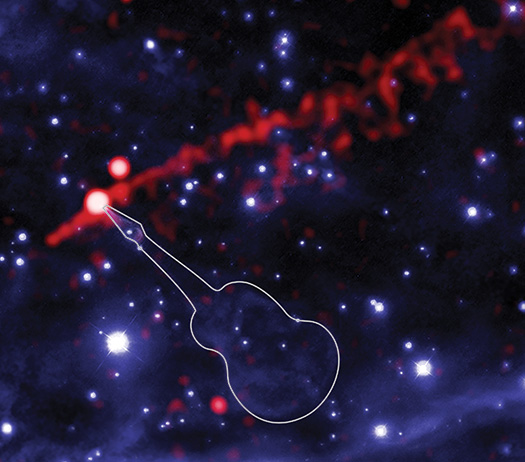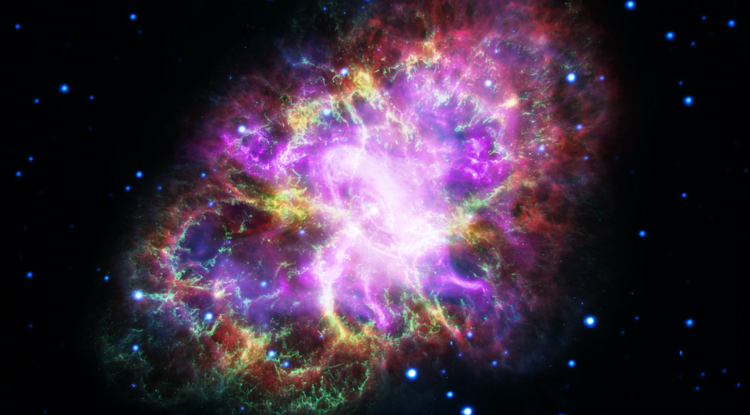
Normally found only in heavy metal bands or certain post-apocalyptic films, a “flame-throwing guitar” has now been spotted moving through space. Astronomers have captured movies of this extreme cosmic object using NASA’s Chandra X-ray Observatory and Hubble Space Telescope.
The new movie of Chandra (red) and Palomar (blue) data helps break down what is playing out in the Guitar Nebula...
Read More








Recent Comments